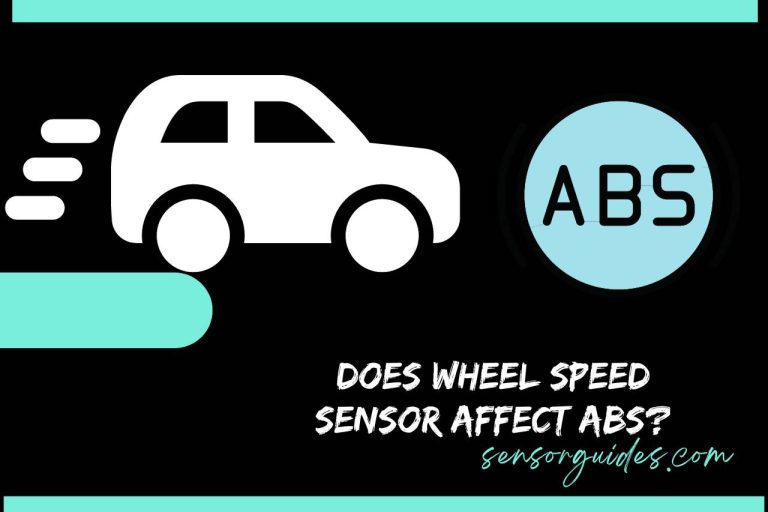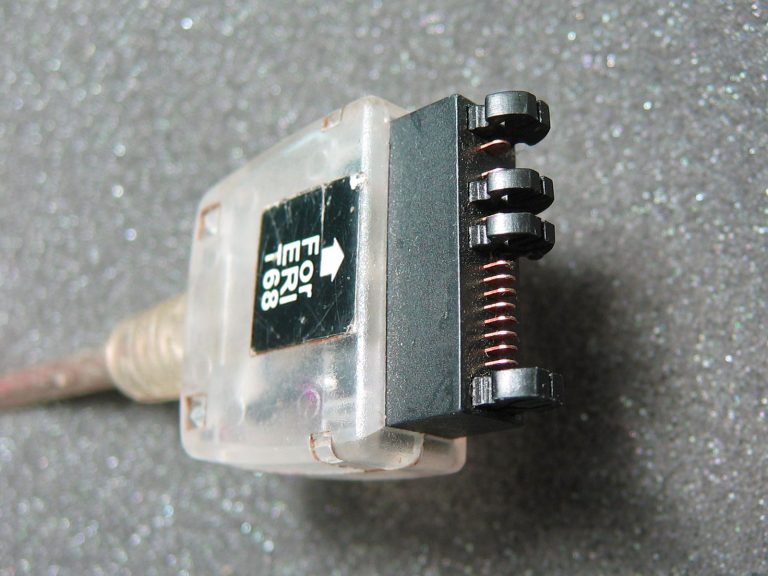Can Traction Control Cause Limp Mode? Understanding the Connection!
“Can traction control cause limp mode?”: you might consider this uncertainty when experiencing issues with vehicle performance, as the traction control system is connected to both the engine and transmission control systems. In this guide, we will be discussing the complex relationship between traction control systems and a vehicle’s safety protocol, specifically limp mode activation. We will delve into how traction control, which is engineered to preserve stability and prevent wheel slippage, can inadvertently initiate limp mode because of the interconnectedness of vehicle sensors and systems. Additionally, we address common causes of traction control malfunctions and provide practical, step-by-step guidance on diagnosing and fixing these issues. By understanding the intricate workings of these systems, you will be able to successfully overcome potential traction control issues.
What is the ‘limp mode’ in a Vehicle?
Limp mode in a vehicle is a safety feature, and it activates if the car’s computer detects a serious problem affecting its performance or safety.
This mode, also known as “fail-safe” or “emergency mode,” restricts the power output of the engine and may limit the speed of the vehicle, essentially enabling you to drive to a mechanic or a safe location for inspection and repair.
Typically, the limp mode is triggered by issues in the transmission, engine, or other vital systems.
When a car enters limp mode, you will see warning lights on the dashboard and notice that the vehicle’s performance changes to prevent further damage.
Limp mode is intended to safeguard the engine and transmission against severe failure, typically caused by overheating, fluid depletion, or faults in sensors.
Thus, the activation of this mode is essential for safe driving.
It’s crucial to address the underlying issue promptly, as running a vehicle in limp mode for an extended period can lead to more serious problems.
Regular maintenance and immediate attention to any dashboard warnings can help prevent situations that might trigger limp mode.
This feature, while inconvenient, ensures the driver remains in control and can navigate to a safe location despite significant mechanical or electronic issues.
Can Traction Control Cause Limp Mode?
Traction control may indirectly lead a vehicle into limp mode, particularly when it identifies a major problem with the vehicle’s stability or wheel sensors.
Moreover, if your traction control malfunctions, it causes limp mode to activate as a protective measure.
This safety feature, designed to prevent wheel slip and loss of control, may trigger the vehicle’s computer to initiate limp mode as a precautionary measure when it identifies critical errors in the system.
Although the traction control is not directly responsible for activating limp mode, its interconnectedness with other vehicle systems means that a fault in the traction control system can lead to limp mode activation.
This is so true when it comes to modern vehicles because they operate through a complex network of sensors and computers that communicate continuously.
Should the traction control system transmit incorrect or concerning data because of a malfunction, like a defective wheel sensor or an issue in the anti-lock braking system (ABS), the vehicle’s computer might perceive this as a significant problem; as a result, the limp mode can be activated.
In such scenarios, the vehicle restricts its performance to minimize the risk of damage or loss of control, allowing the driver to reach a service center safely.
You need to solve traction control system issues promptly. Otherwise, they can impact other critical systems in the vehicle.
Regular maintenance checks and immediate attention to dashboard warning lights related to traction control and ABS are vital in preventing such situations.
Understanding the relationship between traction control and limp mode helps in diagnosing and resolving issues that might compromise vehicle safety and performance.

How to Fix a Faulty Traction Control System?
To fix a faulty traction control system, the first step is to diagnose the specific issue through a professional diagnostic tool or scanner.
This approach helps identify error codes that pinpoint the exact problem, whether it’s related to wheel sensors, the control module, or other interconnected systems like the ABS.
As a malfunctioning traction control can cause limp mode, it is vital to address underlying issues as early as possible. Check the following guidelines to fix your traction control.
- Inspection of Wheel Speed Sensors: Faulty or dirty wheel speed sensors are common culprits. Cleaning or replacing these sensors can often resolve traction control issues.
- Checking Wiring and Connections: Next, inspect the wiring and connections related to the traction control system, including the ABS. The reason why, loose or damaged wiring can disrupt the system’s functionality.
- Examining the ABS System: Since the ABS and traction control are closely linked, any faults in the ABS can also affect traction control. Thus, ensure the ABS system is functioning correctly.
- Traction Control Module Evaluation: In some cases, the issue might lie within the traction control module. This may require professional evaluation and potential replacement.
- Tire Inspection: Uneven tire wear or incorrect tire pressure can cause traction control issues. So, check whether all tires are properly inflated and in good condition.
- Professional Assistance: If the problem persists or the diagnostic codes are unclear, seek professional help. A certified mechanic can provide a more in-depth analysis and repair.
Watch this one,
Video Credits – Junkyard Junkie






